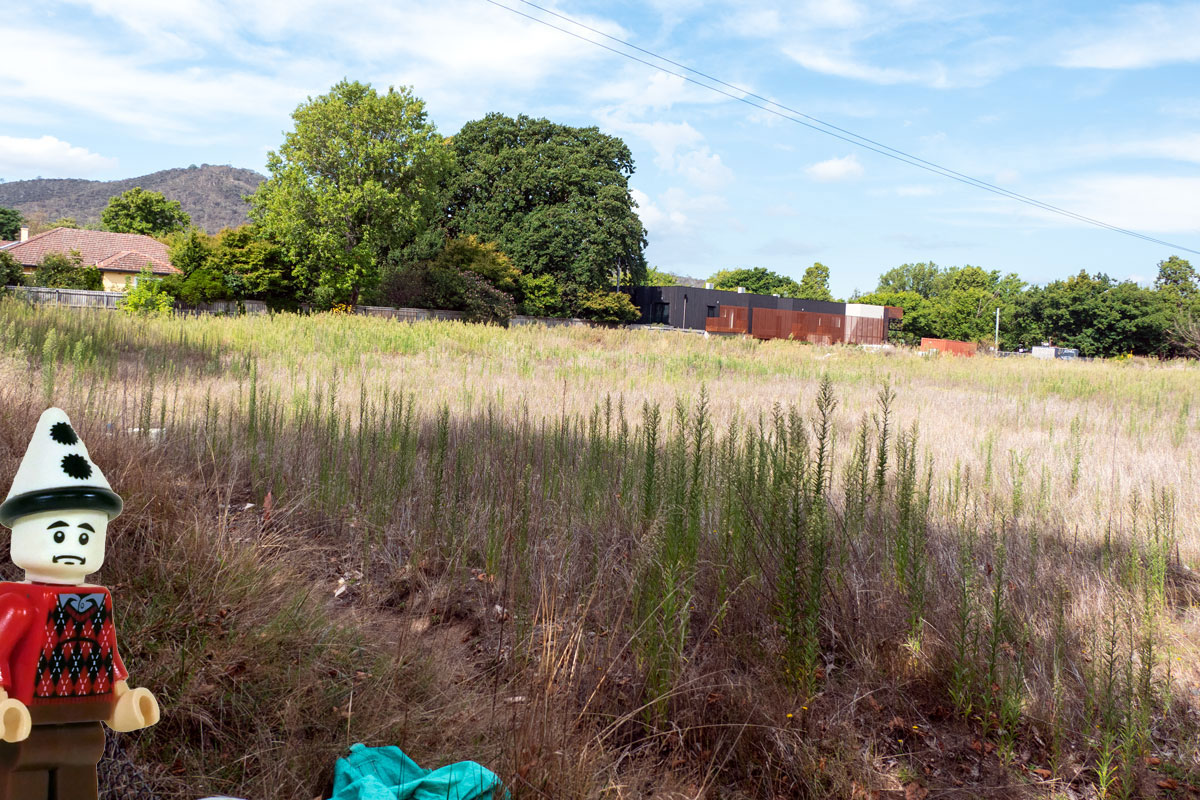
The Braddon Bowling Club story is one of many about how this government and its bureaucracy has corrupted its own governance – how they do stuff badly.
Continue reading Braddon Bowls as a Barometer for Bad Behaviour

The Braddon Bowling Club story is one of many about how this government and its bureaucracy has corrupted its own governance – how they do stuff badly.
Continue reading Braddon Bowls as a Barometer for Bad Behaviour
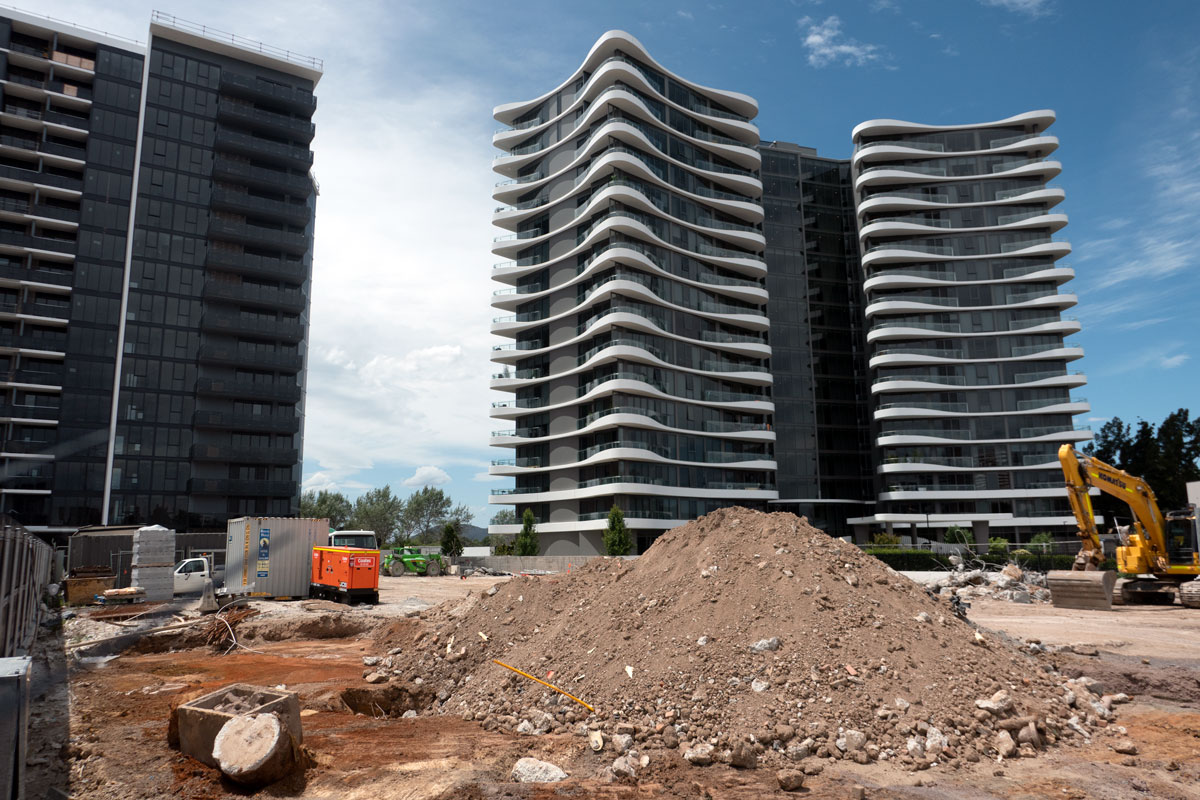
While the majority of people in this city indicate their preferences for stand-alone houses and possibly town houses, there are those who wish to retire into apartments and others who because of their economic circumstances have no option than to purchase (for now) whatever unit they can afford. Continue reading Time to rethink tower cramming
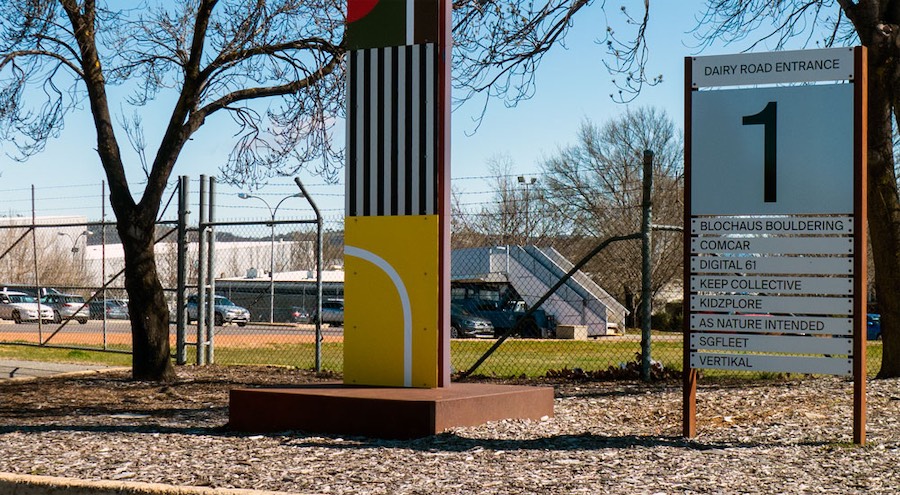
During a recent Inner South Canberra Community Council meeting, a topic mentioned by several speakers was one of the fundamental problems with the ACT planning system.
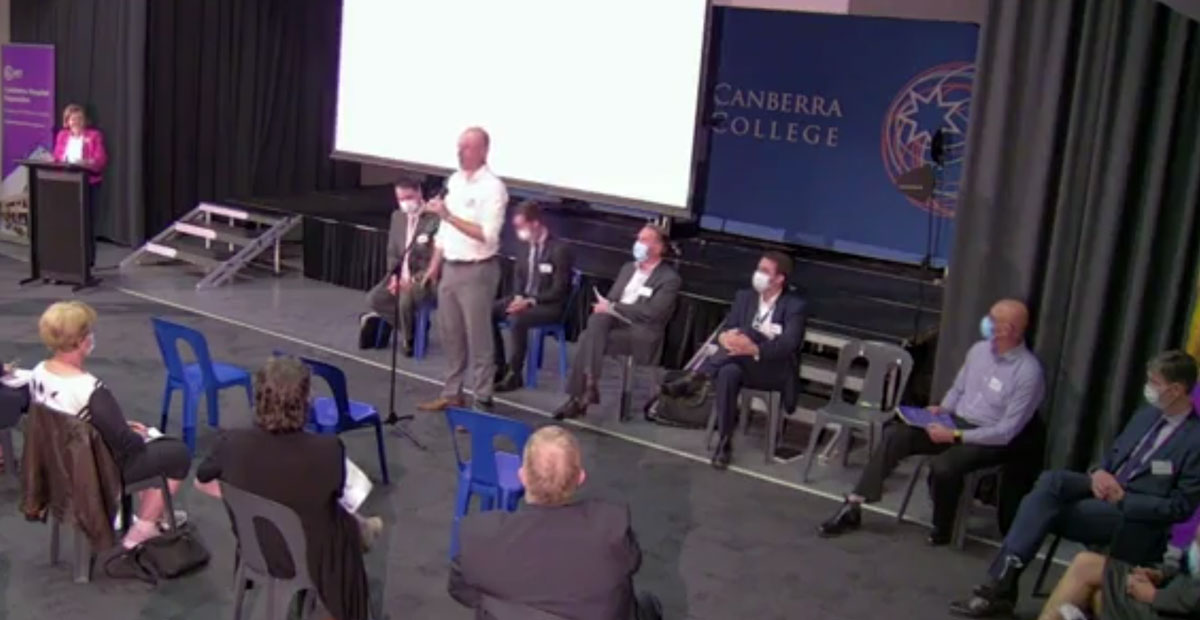
For almost half a decade, the Woden Valley Community Council (WVCC) has been careful not to oppose development. The WCCC has focused on the quality of the developments and to have the redevelopments include social and sporting facilities.

Something very worrying has happened to the National Capital Authority (NCA). There’s been a shift in its planning culture somewhere in the last five years. click here
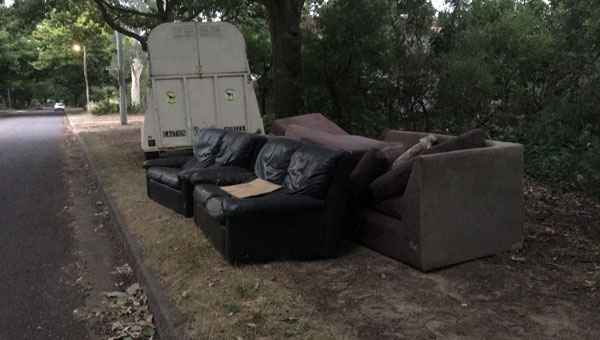
As a person who walks for exercise around the local area, I get to observe the changes through the suburb.
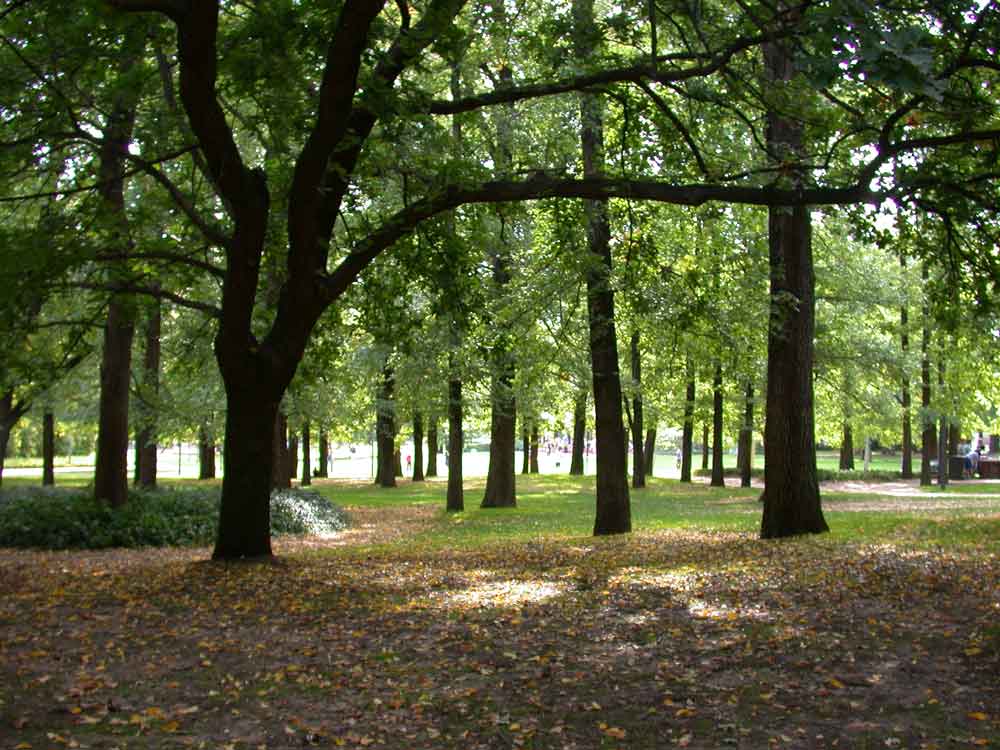
Here’s a few links on current research and commentary on green spaces, our cities and health.
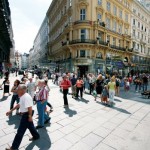 While Australian governments spend a lot of time on transport matters, it usually means cars, maybe public transport and occasionally bicycles. In Canberra the pedestrian is not often on the agenda. Walking is far more fun. I visited Vienna recently and was impressed about many things to do with its urban structure. And now I read that they have a new emphasis on walking and urban planning is allowing for this!
While Australian governments spend a lot of time on transport matters, it usually means cars, maybe public transport and occasionally bicycles. In Canberra the pedestrian is not often on the agenda. Walking is far more fun. I visited Vienna recently and was impressed about many things to do with its urban structure. And now I read that they have a new emphasis on walking and urban planning is allowing for this!
 Seven Myths About New Urbanism: Joel Kotkin, a fellow at Chapman University and an untiring defender of the suburbs, begins a recent column in the Washington Post with a valid question: “What is a city for?” He then proceeds to get that question completely wrong. But really, we should be thanking him. In his article, he neatly sums up many of the key myths emerging from the anti-urbanism set, making the job of debunking these myths a lot easier. Click here.
Seven Myths About New Urbanism: Joel Kotkin, a fellow at Chapman University and an untiring defender of the suburbs, begins a recent column in the Washington Post with a valid question: “What is a city for?” He then proceeds to get that question completely wrong. But really, we should be thanking him. In his article, he neatly sums up many of the key myths emerging from the anti-urbanism set, making the job of debunking these myths a lot easier. Click here.
Locally the planning authority is notorious for carry out all forms of planning with no real interest in the present residents and no interest in the urban character. It is left to the developers to define how the suburbs of Canberra will look in the future.
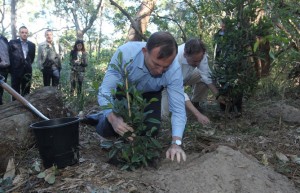 The Conversation has just completed an informative series on the range of devastating changes being made to this country.
The Conversation has just completed an informative series on the range of devastating changes being made to this country.
The writers cover most topics including: health, the environment, education, migration, science and the economy. It is definitely worth the time to make your way through them.
LA wasn’t always a driver’s town. In the 1920s, it had the longest urban rail network in the world, and innovative infrastructure was built for cyclists as well. Despite this, Angelenos fell in love with the car early on and moved for more highway projects, making it the road-based city it is today.
——————————
Paul Costigan, 19 August 2014
There’s many a piece of research and publication about the links between access to parks and people’s health and wellbeing. Any urban area that includes ample public green spaces will always be sought after and the benefits are evident in the community attitudes towards their residential areas. Parks enhance the sense of community.
Most Australian urban areas usually have had parks provided as part of the urban infrastructure. However in too many cases these parks and open spaces end up not being maintained well and sadly many also become places of neglect.
From the Guardian – and article titled:
Big Food is in wilful denial about the harm sugar does to our children
Somewhere on the back seat, a child asks: are we there yet? Is the world safe for me?
The adults present respond: Not Yet. Must be just around the corner.
a presentation put online by the UK Landscape Institute. Enjoy!
Many years ago there used to be lots of protest gatherings in Canberra. I am referring to both local and national protests. The local ones used to be regularly held in the place called Civic Square. The national ones were in front of the original Parliament House – now known as the Old Parliament House.
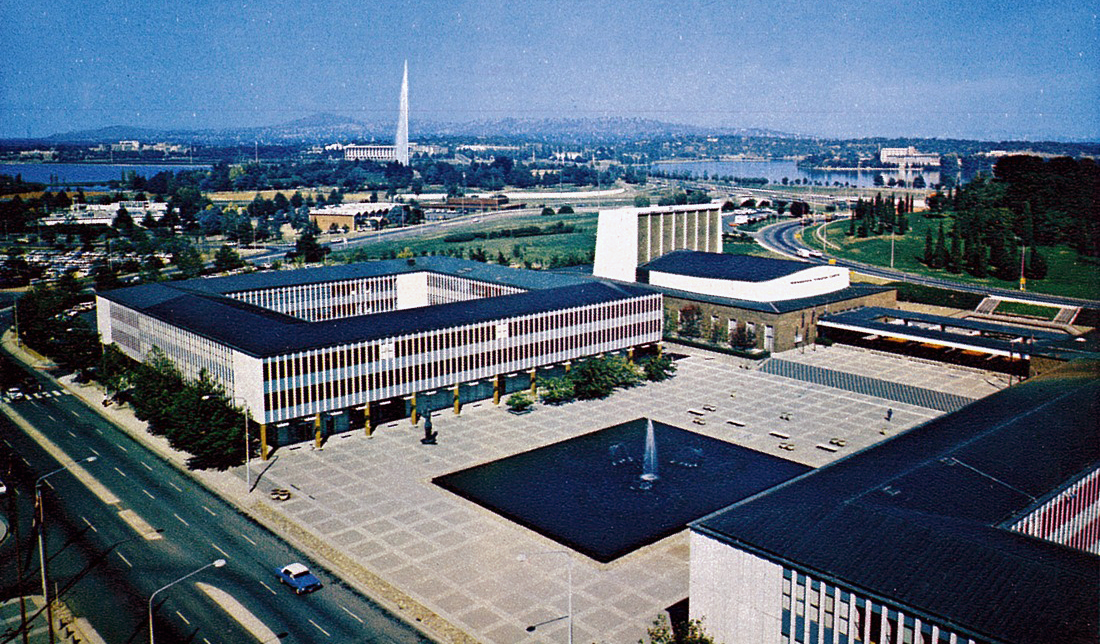 above – the original Civic Square
above – the original Civic Square
Such protests are now a rare event. Times have changed even though the political situation is much worse now than then.
There’s an interesting debate on how we convince people to take action on climate change. This action can be that we vote for the political parties that will follow through on actions, or it could that we all need to take some personal responsibility for climate change and take appropriate actions.
A Sydney GP has an interesting take on this and how we need to use particular words to convince all people.
Australia is going through strange times right now. The mainstream media and the government are involved in the full time spin of convincing the population that the ‘age of entitlements’ is over. As we are learning, this is correct except if you are deemed to be worthy by the government. This in particular applies to their friends in business. Amongst the business end of town, at least for those in the pockets of government (or is it the other way around), the age of entitlements is well and truly about to be enhanced.
Referring to a posting on The Nature of Cities: Involving Children in the Design of Park Renovations to Create Green Places for Play with Urban Nature
Locally there have been several wonderful initiatives that have delivered wetlands to local neighbourhoods. These developments were very much welcomed and have become destination for people taking walks.
The new wetlands were primarily established to become catchments for run off water that had previously been channeled into 1960s concrete drains straight down through the suburbs into the lake. Water is now being partially diverted along the way to provide storage as well as being piped off site to other large water tanks for other irrigation purposes.
When I retire I will write a book called, ‘you can’t make this sh*t up,” said Rina Cutler, deputy mayor for transportation and utilities, Philadelphia, at a National Complete Streets Coalition dinner in Washington, D.C. In a review of her experience serving seven mayors and governors, Cutler revealed the sometimes painful truths about pushing for positive change in urban transportation.
While sustainable settlements debates more often than not focus on such key issues as climate change, carbon, energy, green infrastructure, weather etc, emphasis must also remain on the rights of children to have access to play.
It is overdue that planning and development legislation to be inclusive of the ‘need to create time and space for children to engage in spontaneous play, recreation and creativity, and to promote societal attitudes that support and encourage such activity’ (1989 UN Convention on the Rights of the Child article 31).
The problem has been that play has been a separated issue for planning. At worst it is a token of optional matter to be addressed. The contemporary view is that whether the planning is for a street, a park, a suburb or any form of redevelopment of urban areas, play and the rights for children to have access to safe and engaging recreation must be as important as the rest of the requirements. This is rarely the case.
Making cities safe for women and girls
A woman’s right to enjoy the city
Dealing with the overlooked issue in Urban Design, Women and the City. As part of our series on eliminating violence against women and girls in our cities produced in collaboration with the Huairou Commission, Mumbai architect Pallavi Shrivastava offers a personal reflection on how the threat of violence forces women not only to change our movements but also prevents us from enjoying our cities, and thus from helping to make them the cities we want them to be. click here for the full article.
Public health and landscape: creating healthy places (November 2013)
The UK Landscape Institute believes that greater priority needs to be given to prevention of ill health in public health and social care. All those involved in creating healthy places, public health professionals, planners and landscape architects, need to recognise that landscape has enormous potential to improve our health and wellbeing. In Australia, despite all the evidence being available, it has been a struggle to have the Australian Government recognise the importance of the links between our public spaces and the population’s health and well being.
Click here for UK Landscape Institute Public Health Policy links